Painting Workshop No.6 – Trees and Rolling Hill
Lesson Notes
These are the lesson notes that accompany the Painting Workshop No.6 – Trees and Rolling Hills painting tutorial video.
If you have stumbled across this page you can purchase the video from my website shop or click on the link below.
Reference Photos
Composition
This landscape painting features a ‘group mass’ composition where the stand of trees is the main focal area of the painting. I have made sure that the trees are of different shapes and sizes as well as making sure they are not in the centre of the composition. Centred objects form a displeasing static within a composition and should be avoided.
Colours
I am painting in oils and the colours I used in this painting are as follows:
-
Titanium white
-
Burnt sienna
-
Yellow oxide
-
Cadmium yellow
-
Cadmium red
-
Quinacridone crimson
-
Ultramarine blue
-
Phthalo green
Brushes
Here is a list of the brushes I used in this painting:
-
No.10 flat
-
No.8 flat
-
No.6 flat
-
No.2 flat
-
No.2 filbert
-
No.2 round
-
No.1 round
-
No.0 round
-
No.00 round
-
3/8 dagger
-
1/4 dagger
Painting Tutorial
I am painting on a 16” x 20” Belgian linen stretcher that I toned with a layer of burnt sienna. The burnt sienna adds vibrancy to the painting.
I sketch out the composition using a No.2 round brush with burnt sienna mixed with Liquin Original (Liquin). I am using Liquin as a medium to thin the paint, it also has the advantage of speeding up the drying time.
Once I have sketched out my composition I begin blocking-in the painting and I start by painting all of my shadows and dark values first. By doing this it’ll be much easier to achieve atmospheric perspective in the painting and get the saturation of my colours correct.
I begin painting the lightest of my shadows first which are in the clouds. For this I mix a combination of ultramarine blue, burnt sienna which takes out some of the saturation in the blue, quinacridone crimson which adds a violet tint and then I lighten the value with titanium white.
I use the same colour mixture for the trees on the distant hills but I darken the value by using less titanium white in my mix.
The colour for the mid ground trees which are also in shadow was mixed with a combination of ultramarine blue, yellow oxide, burnt sienna, quinacridone crimson and titanium white.
The shadows in the group of trees in the foreground are the darkest value in the painting. I mixed this with a combination of ultramarine blue, yellow oxide and burnt sienna.
I paint the shadows areas in the fields and distant hills. The green in the distant hills is desaturated so I need to mix a low chroma green otherwise it won’t recede in the painting. In general greens can be desaturated by adding a colour opposite and / or using low chroma colours.
To do this I mix ultramarine blue with yellow oxide to start with and then some titanium white. I then round off the mixture with quinacridone crimson to add a red element in the mix.
The pine trees in the foreground are darker in value and more saturated. To mix this green I start with yellow oxide and ultramarine blue. I then increase the saturation by adding cadmium yellow to the mix which also makes the value lighter. I round off the colour with cadmium orange and quinacridone crimson. I can also vary the hue by adding in a little burnt sienna.
The green of the grass in the foreground is light in value and lighter than the pine trees. Trees are often some of the darkest values in the landscape whereas grass is much lighter.
I mix the green of the grass with a combination of ultramarine blue, cadmium yellow, a little cadmium orange and a tiny amount of quinacridone crimson. I then make the value lighter by adding titanium white. I can increase the saturation by mixing in a little phthalo green.
When I complete the blocking-in stage of the painting I want to make sure that the tonal dynamic is working in the painting. I also make sure that the colours and values are working and that an atmospheric depth is being created in the painting.
At this stage of the painting I ask myself if everything is working so far and if I am happy I will let the painting dry so I can proceed to the next stage which is modelling and adding details. The blocking in stage should serve as a solid foundation for the painting.
Once the painting is dry I can begin adding details. I am essentially using the same general colour combinations that I was using during the blocking in stage.
I work on the trees in the background as well as the main stand of trees in the foreground. My brushes begin to get small as I start getting into details. I have found the 3/8” and 1/4” dagger brushes to be very useful for painting tree foliage as you can get a variety of marks that communicate dense tree foliages and pine needles.
I have kept all of my colours a little one the darker side so I have plenty of room to add lighter colours and tones as I work through the painting. As I build up the details in the trees, grass and sky I had lighter layers of paint. I will be saving my lightest values un til the end of the painting.
I add further details into the pine trees and I am using lighter tones with each pass. I then spend time working on the grass in the foreground building up the texture and details. When it comes to painting grass I don’t make it overly detailed as it is not only labour intensive but it runs the risk of creating a static the destroys some of the life out of the painting. Sometimes you can have too much detail and information.
When it comes to painting grass I tend to go for the ‘less is more’ approach where I paint the suggestion of some details. This helps to make the painting more fluid as the human brain fills in the rest of the information.
As the painting gets closer to being finished I make refinements to the many forms and zones within the composition. This includes adding more details and layers to the pine trees in the foreground and the trees in the mid ground.
I begin adding finer details such as the network of branches and twigs within the trees.
I finish up the painting by adding final details to the clumps on pine needles in the trees and this is where I add my lightest values. I’m using smaller brushes including No.0 and 00 round brushes which I also use for painting a few highlights in the network of twigs and branches.
I use my dagger brushes for the grass and mix a few greens to add texture to it but essentially I am using the same colours I used in the block-in stage but I vary the amounts I am using. I add my lightest greens at this stage as I have saved my lightest tones until the end of the painting.
Colours and Values
Throughout the video you will hear me talk about colours and values. It is important to have a basic understanding of colour theory and values when painting as it will make colour mixing easier for you. Luckily it’s easy to learn the basics and the rest is just brush mileage.
Colours Theory Terms
Below are some terms I use throughout the video and their meanings.
Hue: This refers to the main attributes of a colour and is dependent on its dominant wavelength, irrespective of how light or dark the colour is. For example, the colour is discernible as blue or a red etc.
Saturation or Chroma: This refers to the purity or intensity of a colour. You can reduce the saturation of a colour by adding a neutral grey or an opposite colour on the colour wheel.
Value: This is how light or dark a subject is. Getting your values correct is one of the keys in the success of a painting.
Tone: This is a broad term for describing a colour that is not a pure hue or black or white. It is a widely misunderstood term.
The Colour Wheel
For the benefit of people who are new to painting that are watching this video I will briefly go over the basics of the colour wheel. Knowing how the colour wheel this works can really help you with colour mixing.
Above is a simplified colour wheel. The colour wheel contains three primary colour blue, red and yellow and three secondary colours orange, green and violet.
When these colours are arranged on the colour wheel a primary colour is always opposite a secondary colour and are known as compliments or complimentary opposites. So, blue is opposite to orange, red is opposite to green and yellow is opposite to violet.
So why is this important?
If you want to desaturate a colour you can do this by mixing its complimentary opposite as the two colours will cancel each other out. In this manner you can create some neutral greys and browns especially when combined with white.
Complimentary colours also look good next to each other in a painting, for example greens often look more harmonious in a landscape if there are some reds amongst the mix or colours that contain red. If you look closely in nature, you’ll see naturally occurring complimentary opposites everywhere.
The Value Scale
Value is how light or dark a colour is and is perhaps one of the most important concepts in painting. The success of a painting rests on the relationship between the values in the painting. If they are not working and not in harmony, then the whole painting can lack any kind of depth.
Values in art work are represented on a scale with the highest value being white and the lowest value being black. The greys in between are known as mid or half tones.
In general, you will find your darkest darks and lightest lights in the foreground of a landscape. However, as landforms recede into the distance darks are not quite dark and lights are not quite light as the tonal scale narrows.
If you are unsure of where your light and dark values are in the scene you are painting, switch your reference photo to black and white and you’ll be able to clearly see where your light and dark values are.
In general, you’ll find that the sky is often one of the lightest values in the landscape. Grass is also generally lighter in value. Rocks and mountain faces are darker in value and often occupy the mid-tone range of the value scale. Trees are generally some of the darkest values in the landscape.
New Painting Video Every Month on Patreon
Subscribe to my Patreon channel and get instant access to all of my painting videos and get a new video every month for just $5 per month.
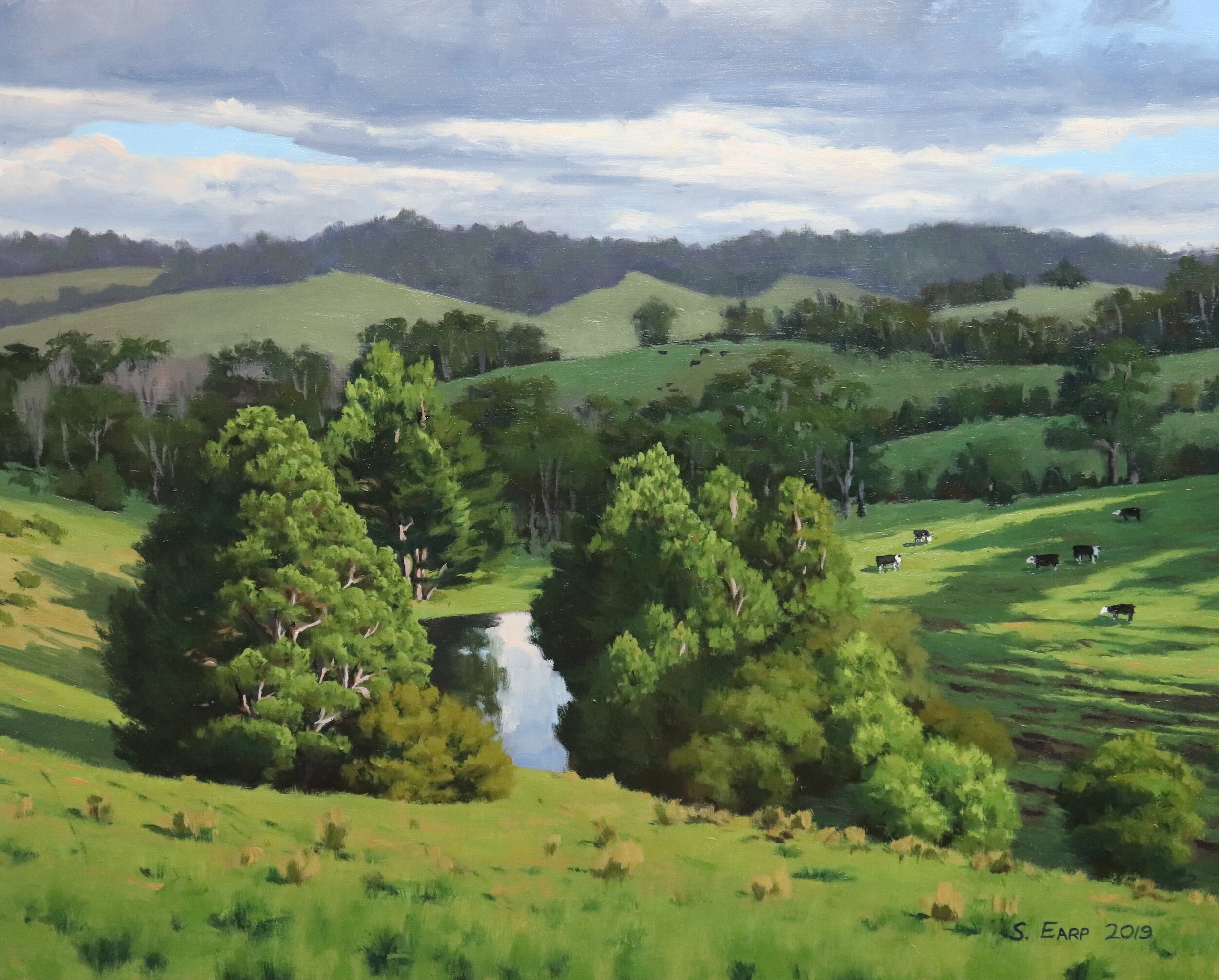





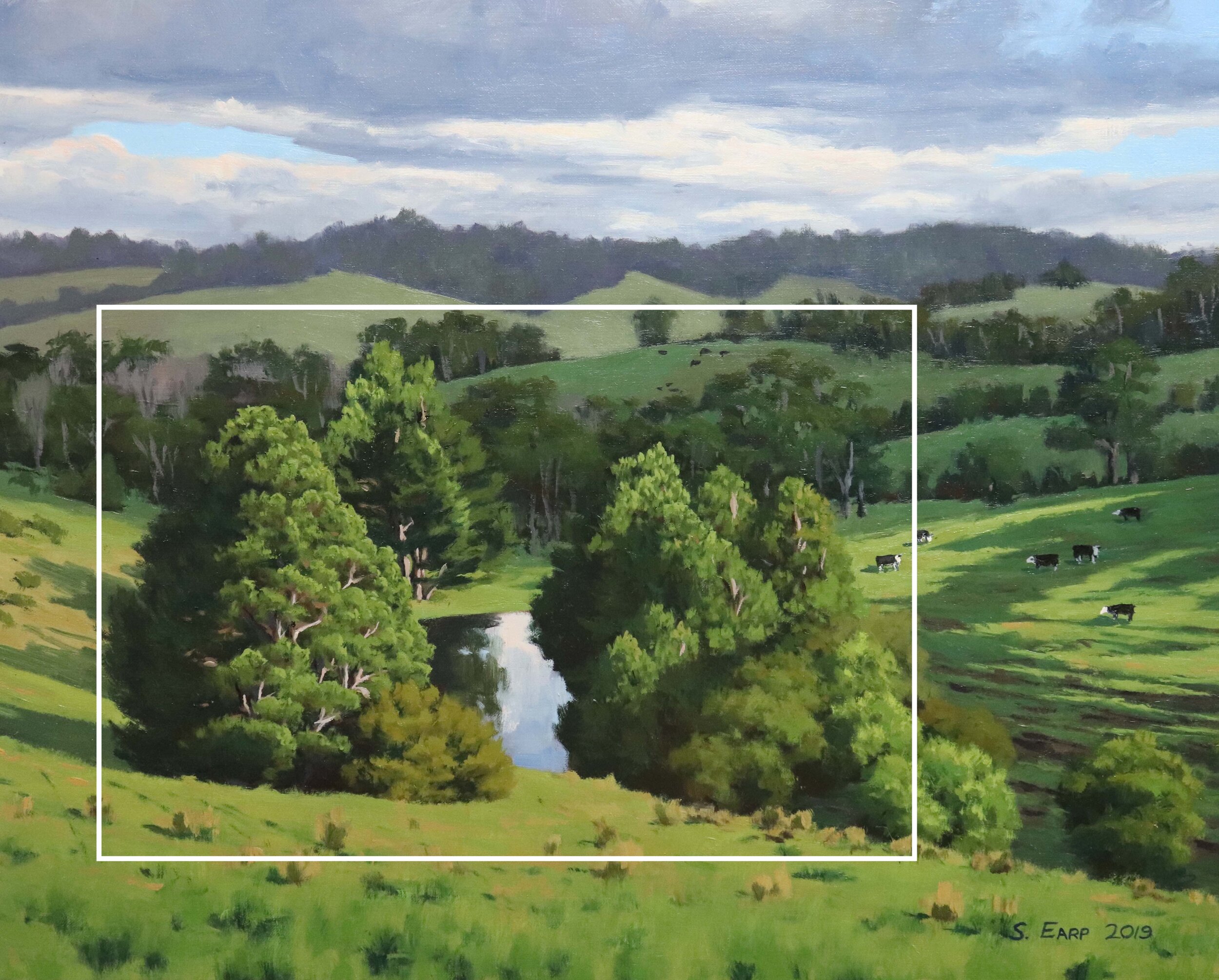
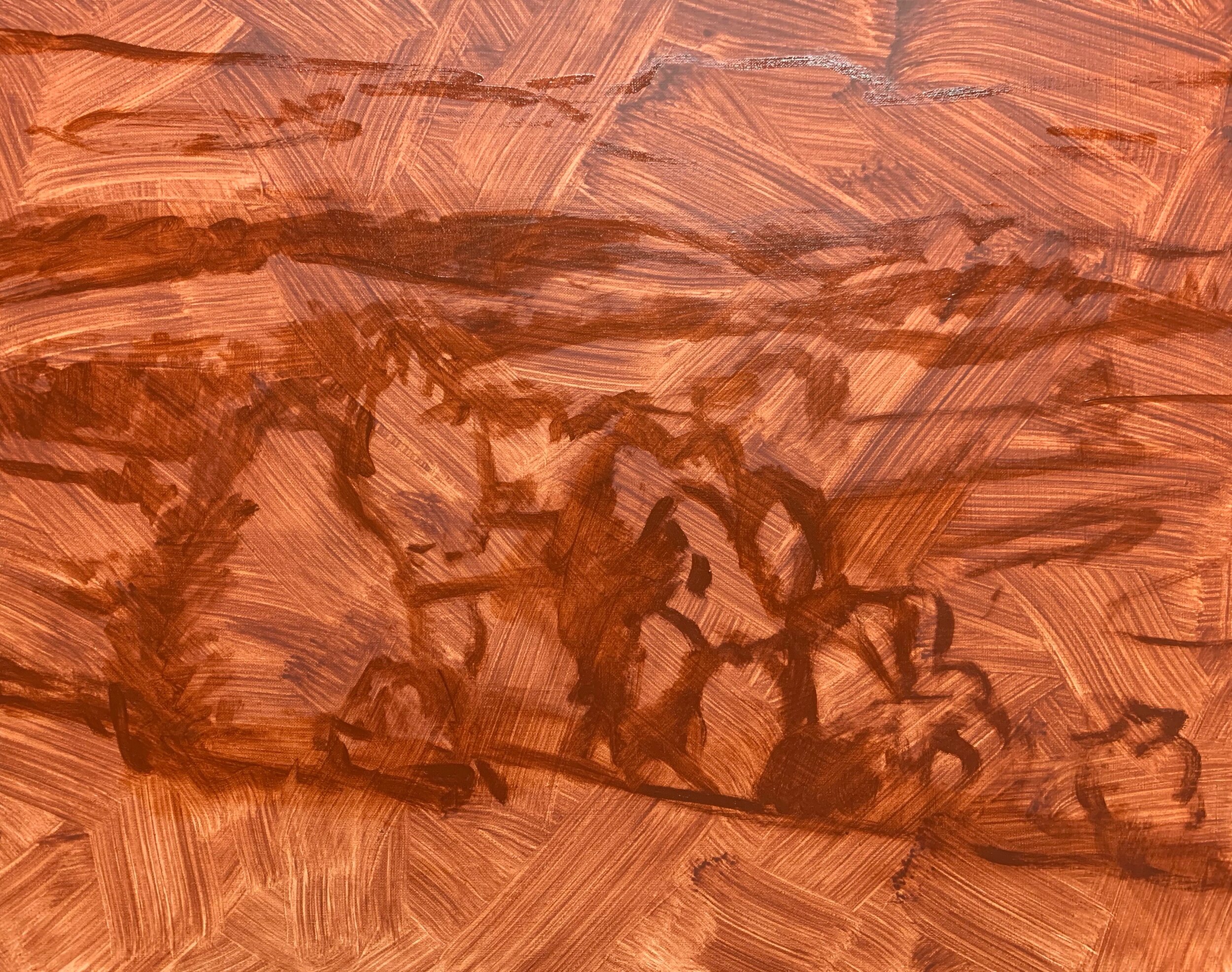

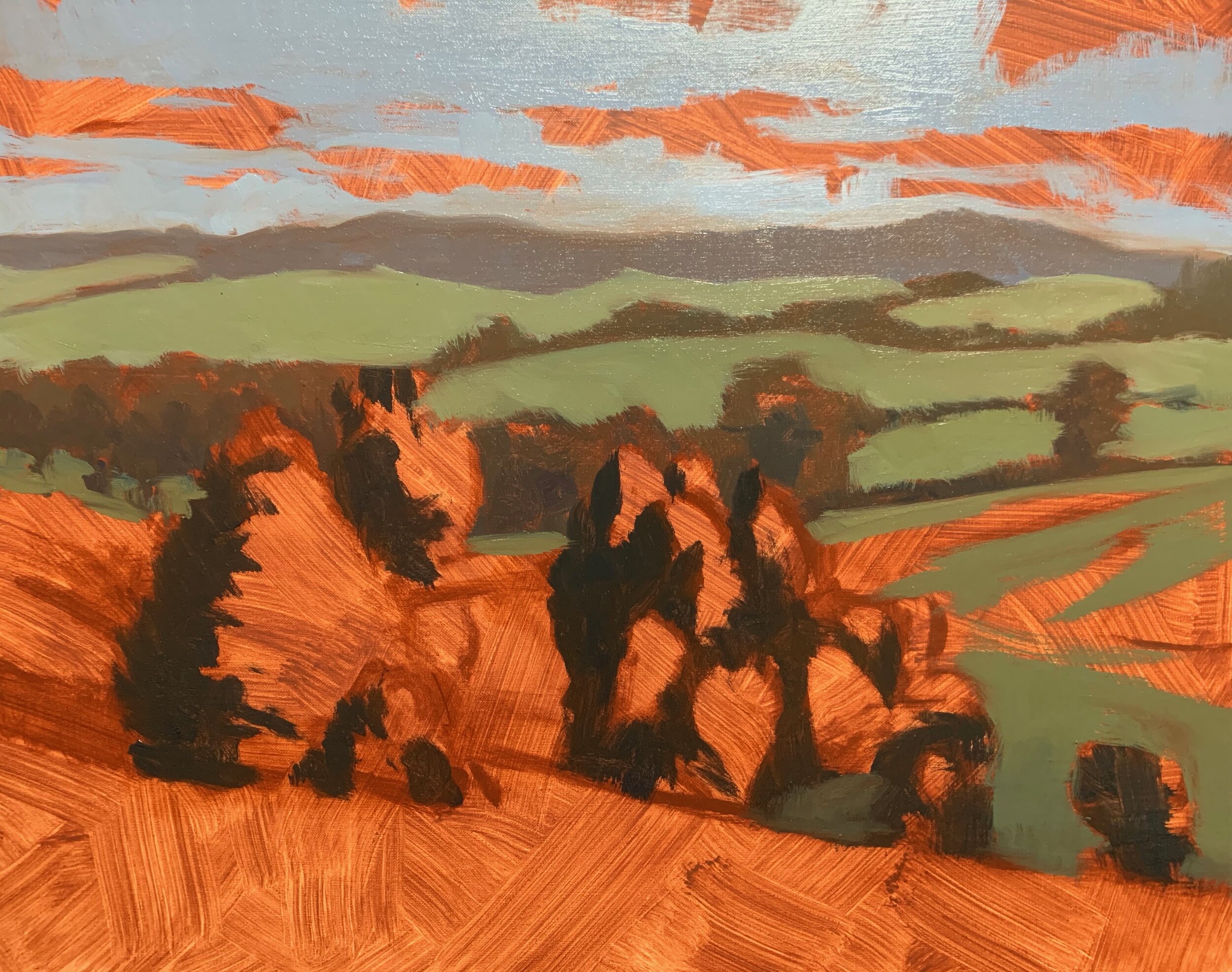
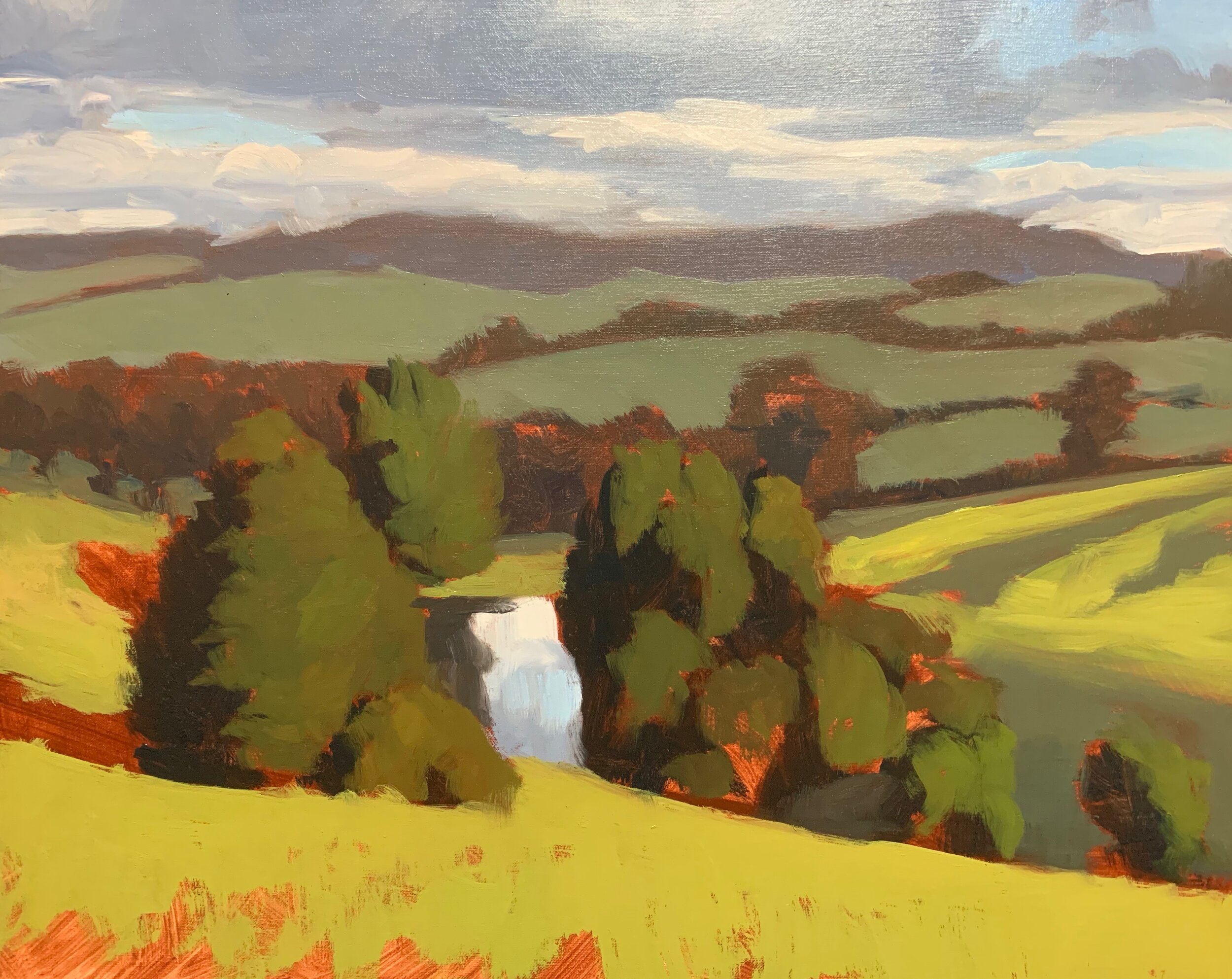
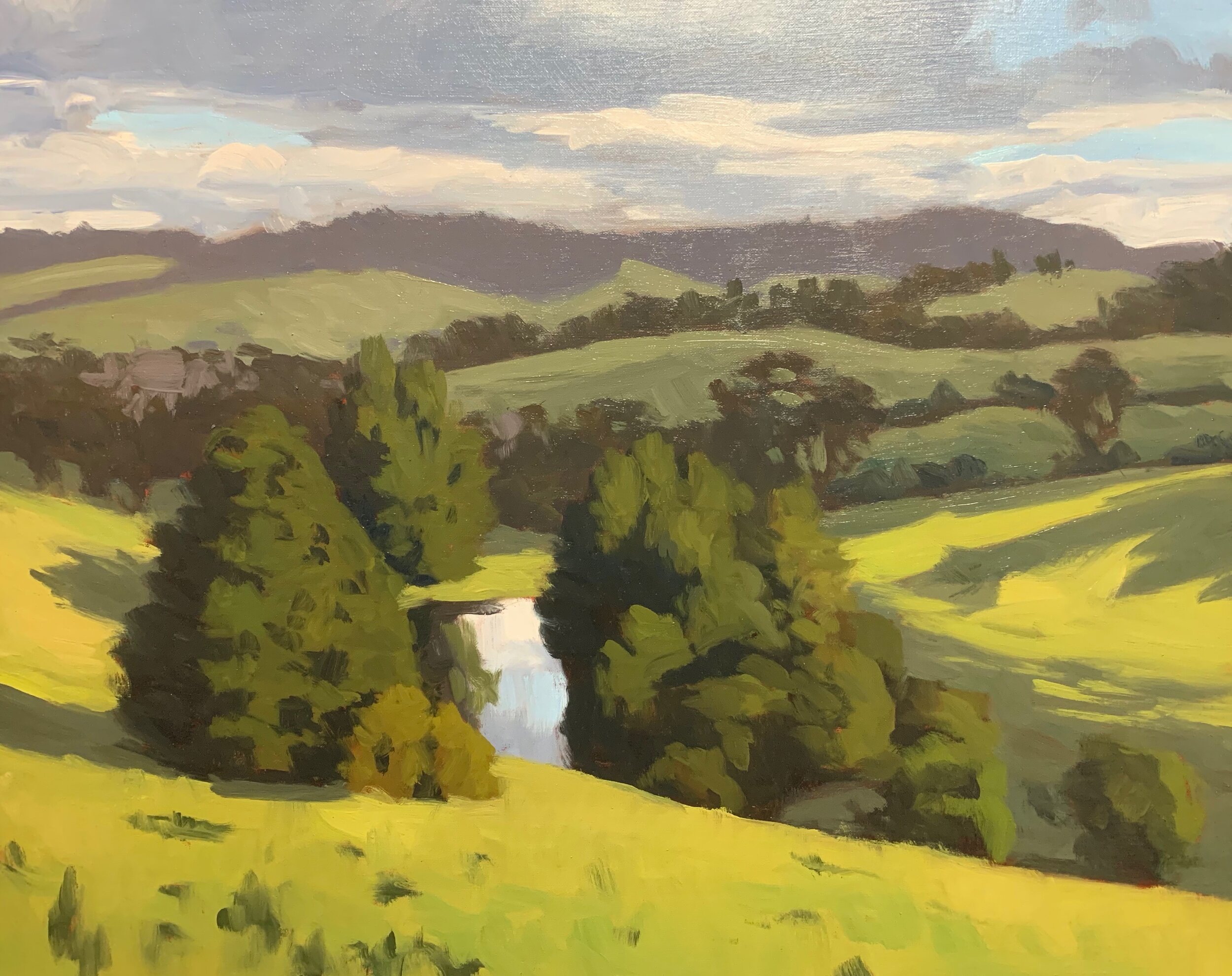

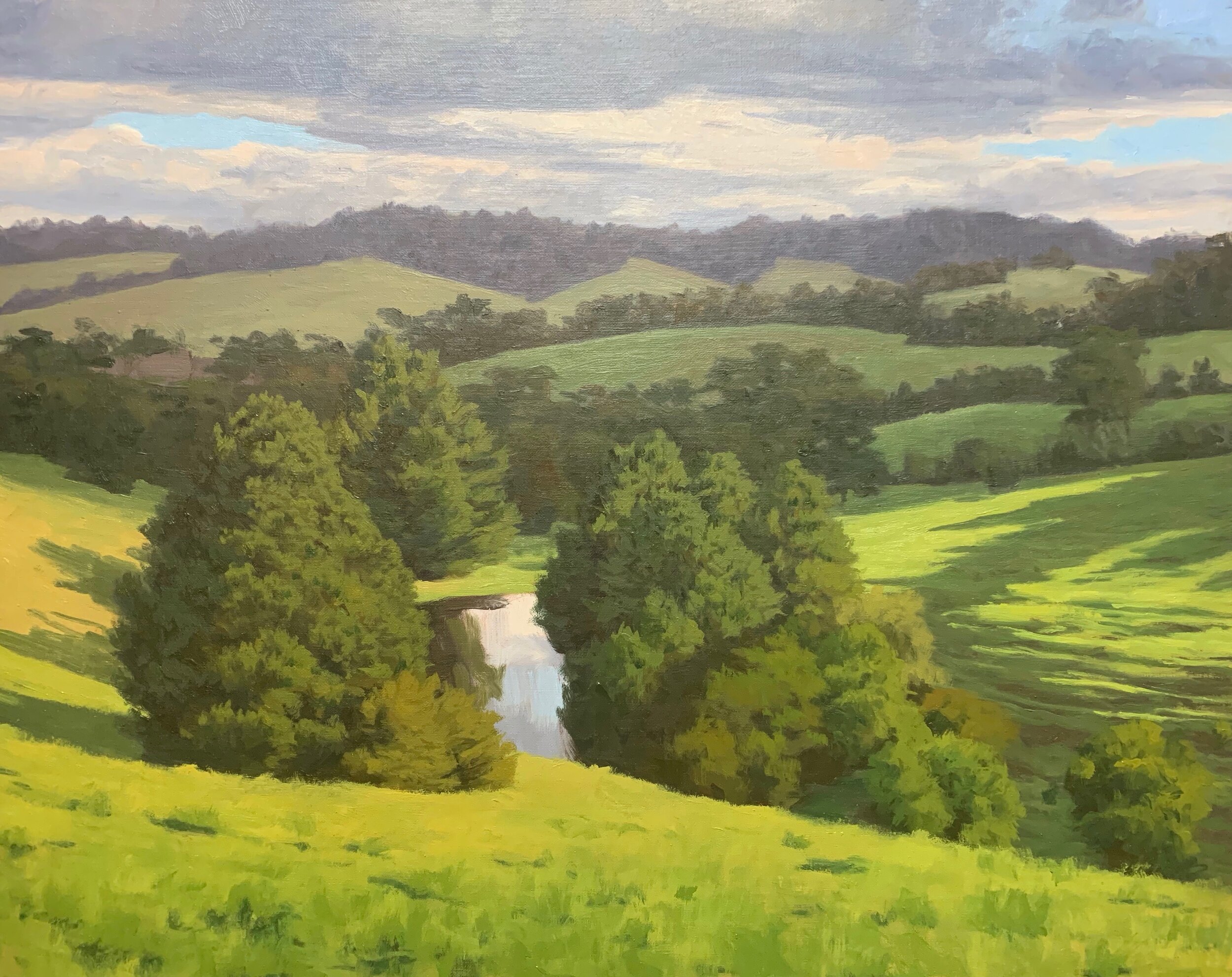

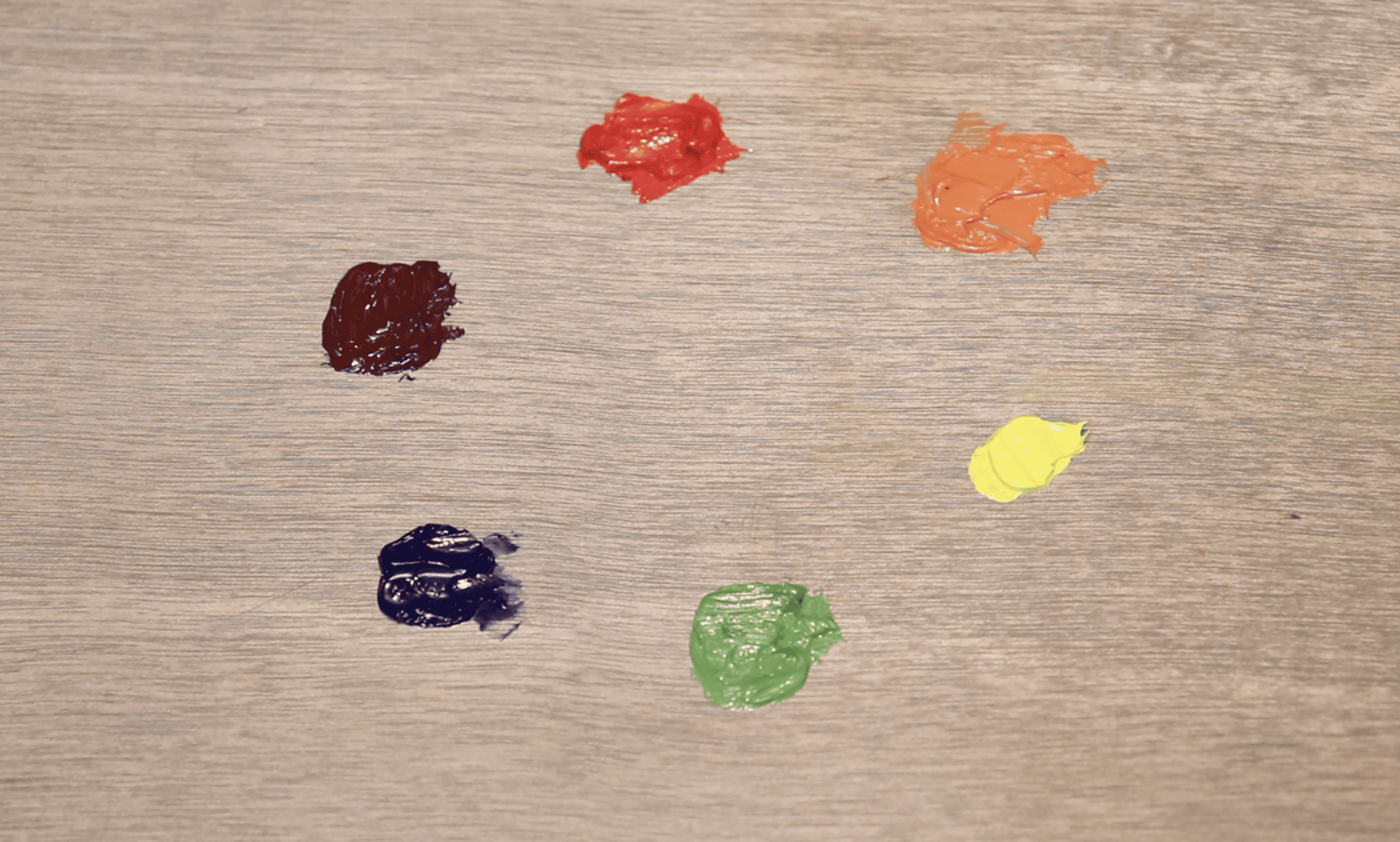
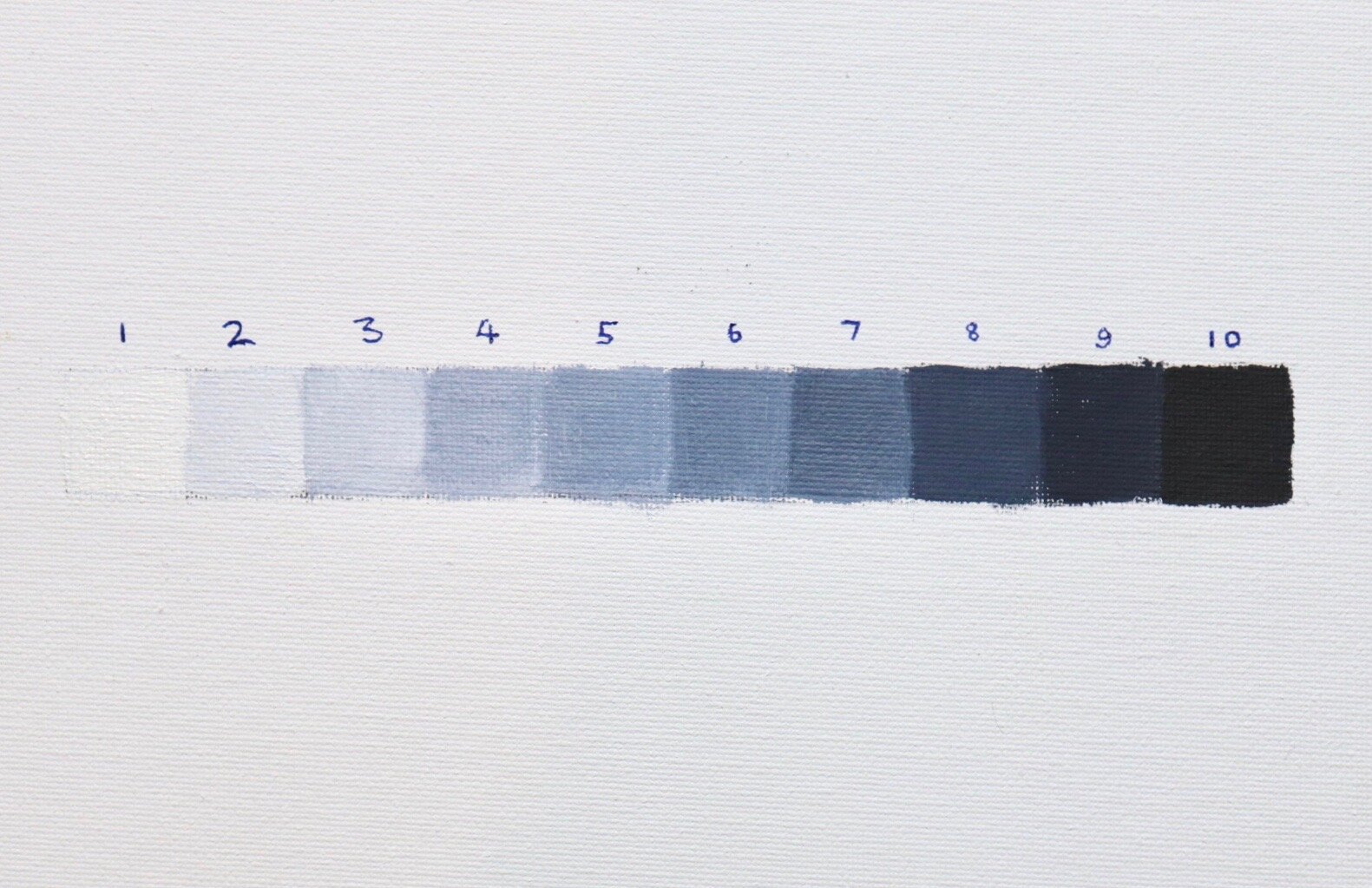
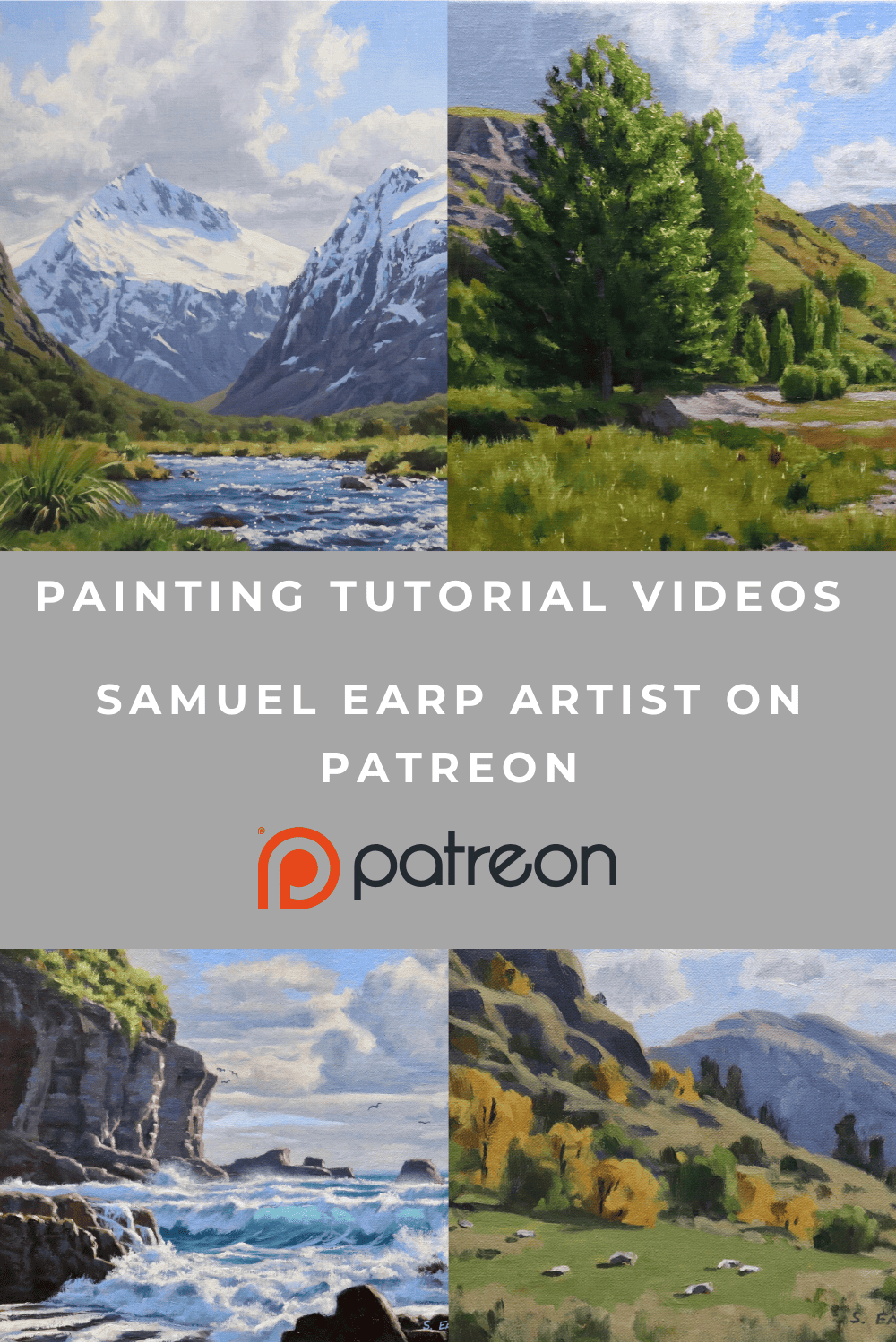
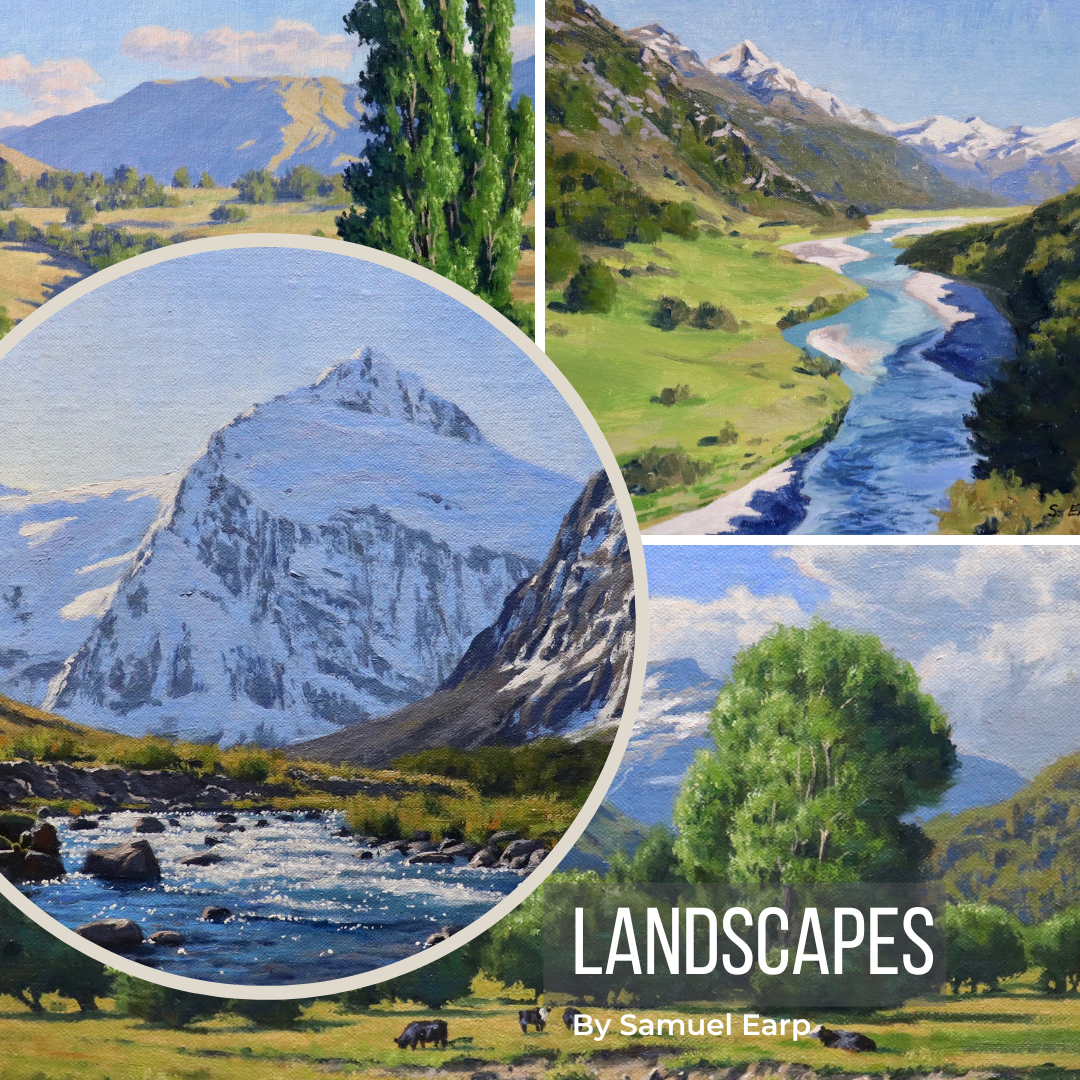
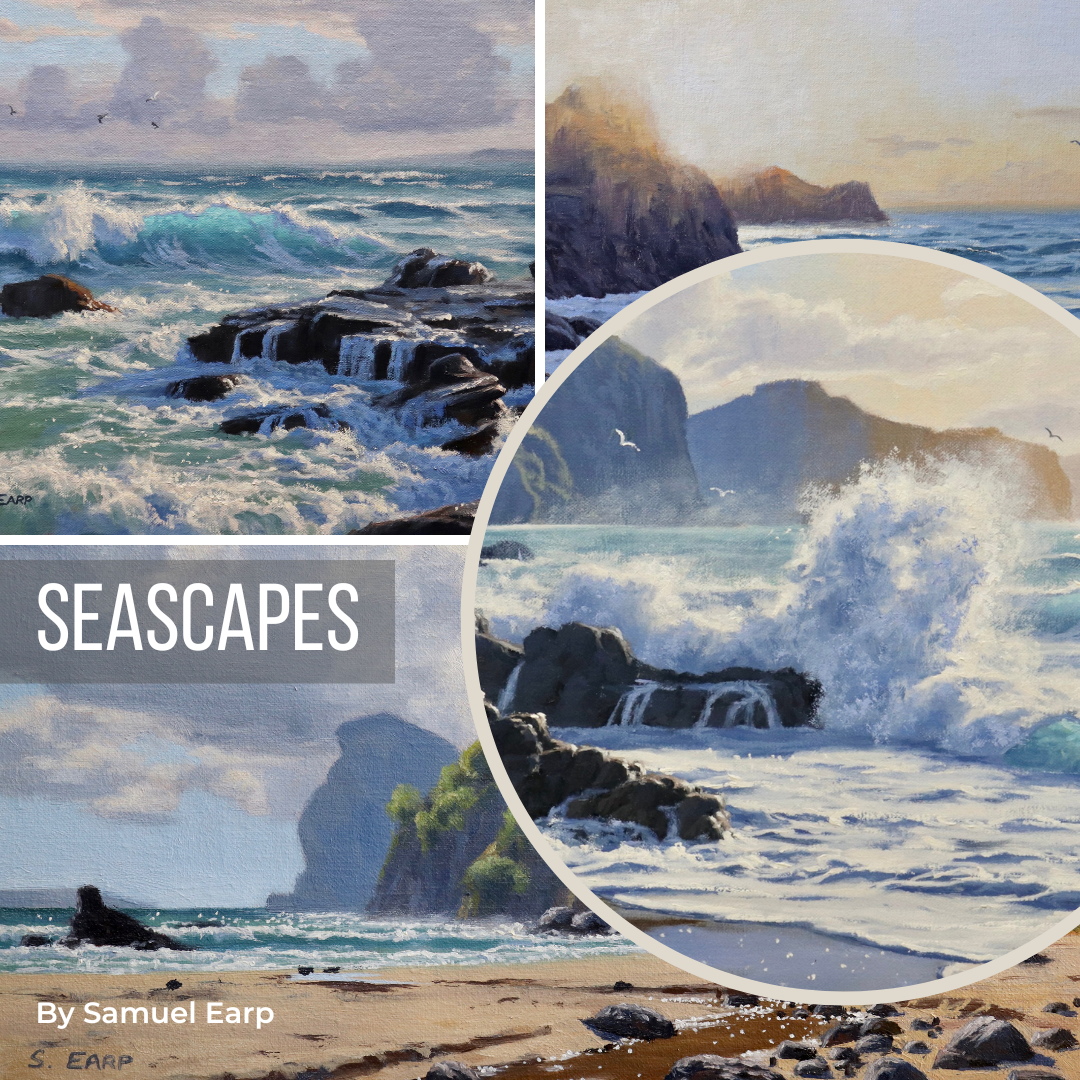
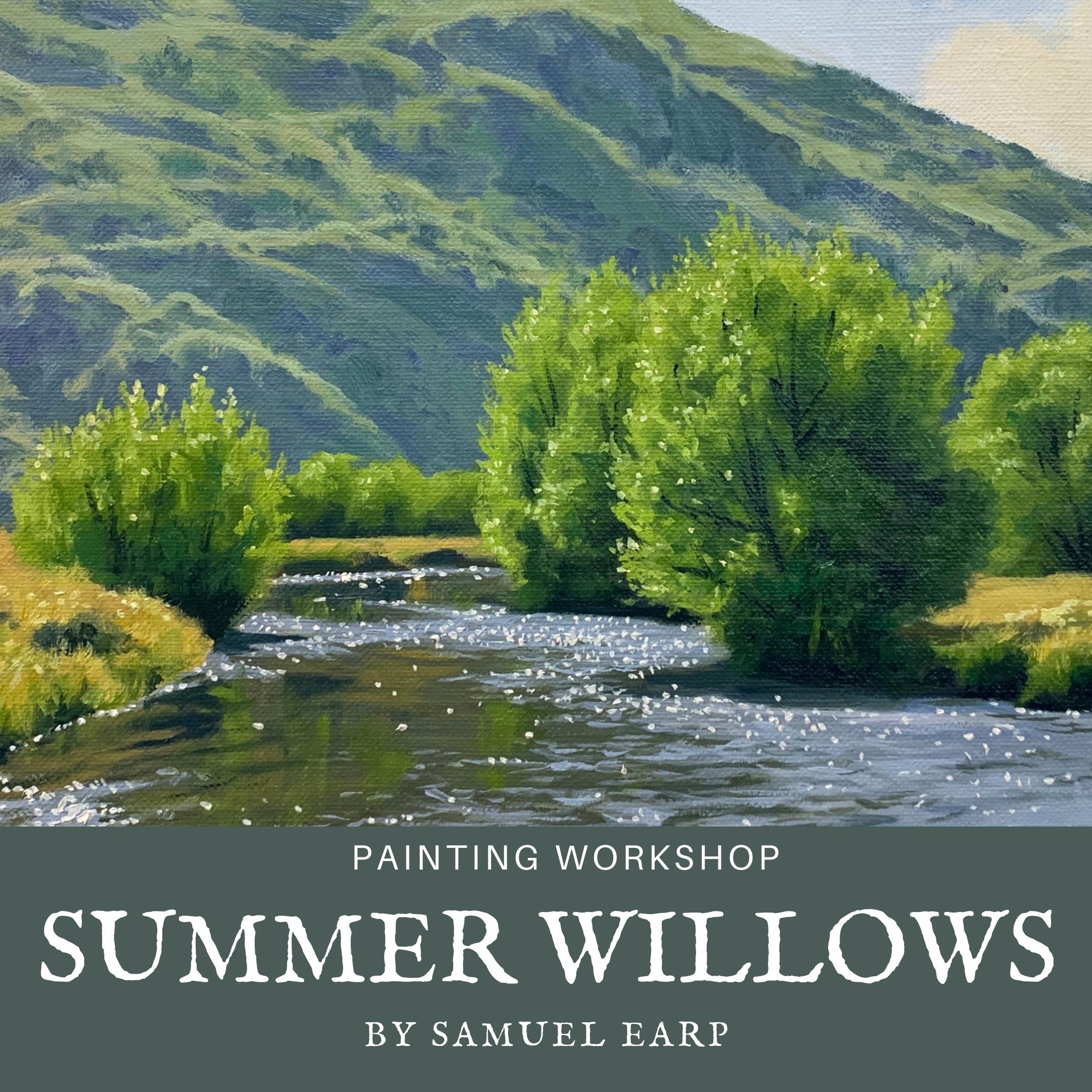
Price is displayed in US dollars
6 Painting Tutorial Videos
Frosty Morning – Running Time: 71 minutes
Summer Willows – Running Time: 76 minutes
Mountain River – Running Time: 67 minutes
Forest Stream – Running Time: 66 minutes
Autumn Trees – Running Time: 79 minutes
Winter Willows – Running Time: 66 minutes